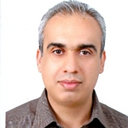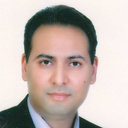Holistic approach to functional constipation: Perspective of traditional Persian medicine.
Słowa kluczowe
Abstrakcyjny
Traditional Persian medicine (TPM) proposes a different viewpoint to the chronic diseases. Diagnosis and implemented treatment are based on individual differences among patients. Constipation or Ea'teghal-e-batn is a condition in which the patient develops difficult or painful defecation. Based on TPM concepts, the fifirst digestion step starts from halq (oral cavity), and ends via defecation from the maq'ad (anus). Avicenna believed that four faculties, ha'zemeh (digestive), ja'zebeh (absorptive), ma'sekeh (retentive) and da'fe'eh (propulsive), are involved in the process of digestion and absorption of the ingested food and expelling the waste materials. The bowel movement and appearance of the stool is a measure for evaluating the gastrointestinal healthy function. Defecation should be with no pain and fecal material should have no burning and acuity. Low food intake or foods with dry temperament, dryness of gastrointestinal tract, diaphoresis and heavy exercise as well as intestine sensory loss were discussed as main causes of constipation. Management of constipation in TPM includes dietary schemes, oil massages and subsequently simple herbal medicines. According to TPM theories, the fifirst step in treating a disease is the elimination of disease causes (asbabe- maraz) and also providing the causes of health (asbab-e-sehhat). Health care providers should know the proper condition which the herbal medicines should be administered in and be able to guide the patients about the benefifits and hazards of herbal remedies, commonly used in their living origin.



